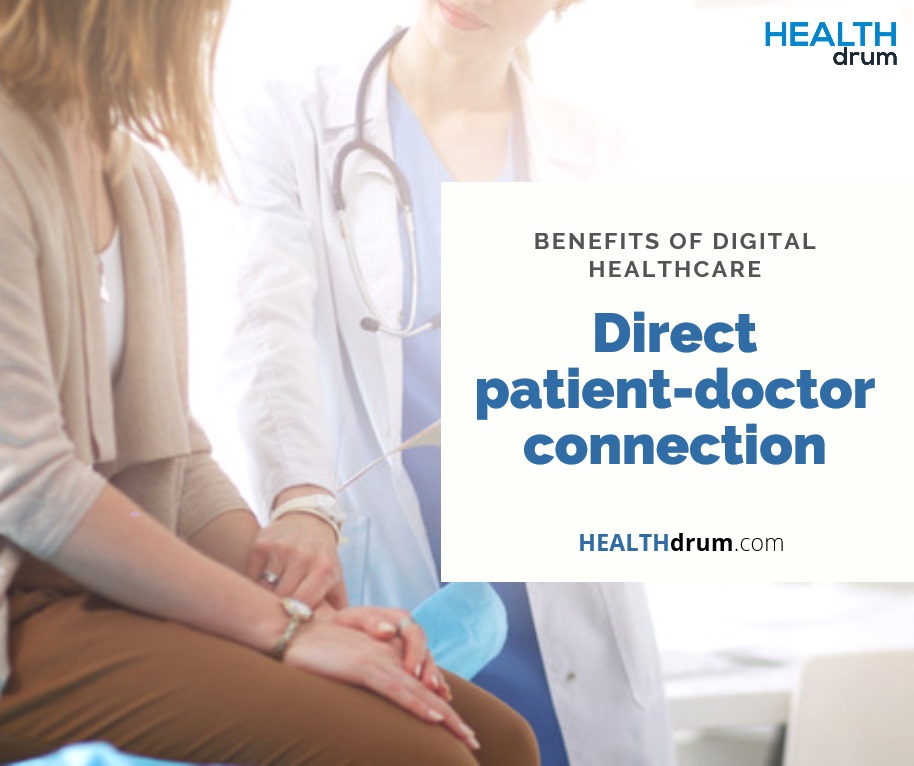Employer benefits for direct pay, self pay healthcare

Employers spend about $20,000 per five member family for a year's worth of health insurance coverage. However, after factoring in co-pays, deductibles and noncovered services most of their employees are paying for their day to day healthcare needs while the insurance plan fails to kick in. Employers may get better value by focusing on true catastrophic care plans and allowing their employees to cover their own routine healthcare expenses through a cost-transparent healthcare marketplace site like HEALTHdrum.
Below are some of the benefits of moving
towards plans for only catastrophic care while healthcare customers use directpay, self pay for their routine, day to day healthcare needs.
● Cut health costs by moving health benefits to high-deductible plans or true catastrophic care plans.
● HSA contributions or alternatives help offset employee out-of-pocket healthcare expenses.
● HSA usage by employees incentivizes them to budget for and manage routine healthcare costs.
● Customer-directed care encourages the adoption of preventive care practices and healthy lifestyle choices.
●
No
controlling networks.
● Limits the wrangling and comparing of health
plans that are confusing by design.
●
Limits
burdensome health plan rules.
● Abandons need for tiering of health benefits
into different price classes.
●
Bypasses the
gatekeepers who don’t improve health.
●
Part-time
employees get access to affordable, as-needed, cost-transparent care.



Comments
Post a Comment